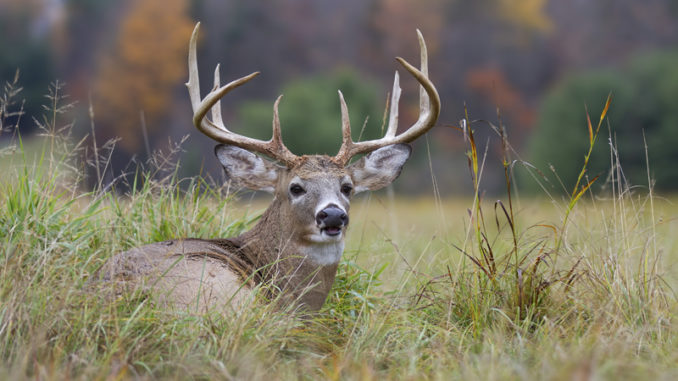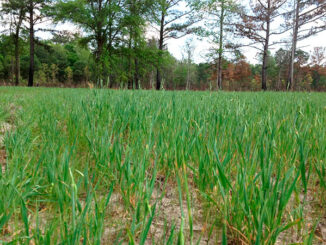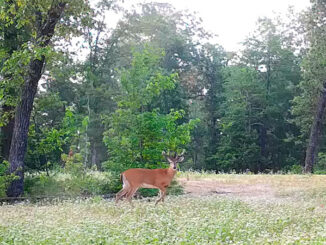
211 were typical whitetails, 11 nontypical
Throughout each spring, SCDNR conducts numerous deer antler scoring sessions for hunters throughout the state. The scoring sessions help identify trends in the whitetail buck population, and help hunters learn more about their harvests. But due to COVID-19, those scoring sessions were canceled. SCDNR staff did measurements a little differently — on a case-by-case basis — and identified 222 new whitetails that qualified for the Palmetto State’s records list.
Of the 222 new records, 211 were typical racks. Non-typical racks accounted for 11 of the new records. Of the 222 records, 150 were taken during the 2019 or 2020 deer hunting seasons. The rest were killed before that, but not scored until this past year.
South Carolina deer must score at least 125 points to be included in the state’s typical records list. It takes 145 to make the non-typical list.
The top typical buck was a 152 4/8-inch Abbeville County buck taken by Roger Garren, Sr. in October of 1991 followed by two 152 3/8-inch bucks taken by Ronnie Powell in Florence County in October of 2019 and Brett Montgomery in Fairfield County in October of 2018. Leading the non-typical category was a Williamsburg County buck netting 181 1/8-inch taken by Lewis Hemingway in October of 2019 and a 169 3/8-inch buck taken by Bruce Hinton in Greenville County in November of 2019.
Aiken County bucks lead the all-time S.C. records list
Anderson and Horry counties tied for the greatest number of record entries with 16 each, followed by Aiken County with 12, Florence with 11 and Spartanburg with 10. As far as all-time leaders at the county level, Aiken County remains at number one with 541 entries followed by Orangeburg 529, Anderson 303, Fairfield 303, and Williamsburg with 269 entries. On the other hand, if you account for the size of the county the top counties per unit area of record book bucks are Anderson, Aiken, Abbeville, Orangeburg, and Allendale.
Although some of the top counties have relatively high deer populations, some of these counties have more moderate numbers. It is important that hunters and land managers understand how the density of deer in an area affects the quality of the animals. Areas with fewer deer typically have better quality animals because natural food availability and nutritional quality is higher.
Good nutrition is important in producing good antlers, but deer reproduction, recruitment and survival are also directly tied to nutrition. South Carolina’s deer herd is in good condition, and after many years of rapid population growth the herd stabilized in the mid-1990s followed by a decreasing trend between 2003 and 2015.
State’s herd of whitetails in good shape
Since 2015 the population has been stable to slightly increasing. Statewide population estimates put the deer herd at about 720,000 animals with an estimated harvest of approximately 190,000 each of the last few years. Although the total deer harvest in South Carolina has been down the last few years, indications from the antler records program are that deer quality remains good. This would make sense because fewer deer in the population would benefit from increased nutrition.
South Carolina hunters should recognize that harvesting potential Boone and Crockett bucks is not a common occurrence anywhere in the country. This is particularly evident if you consider that there are only about 15,000 white-tailed deer records listed by Boone and Crockett, which includes entries dating to the 1800s. Similarly, the harvest of deer in the United States in recent years has been about 6 million per year. Essentially, the average hunter stands a better chance of being struck by lightning in their life than harvesting one of these record whitetails.




Be the first to comment